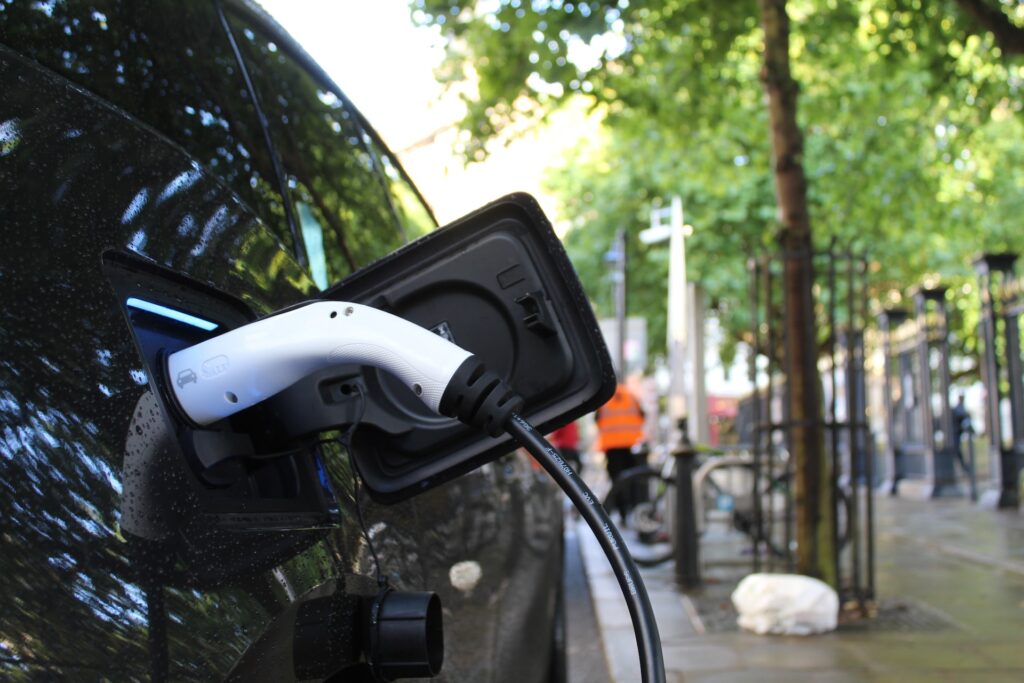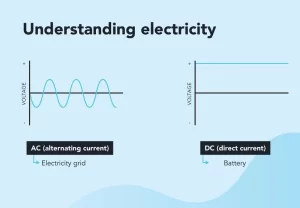EV charging levels and all types of chargers are explained
Loading can be categorized in many ways. The most common way to think about EV charging is in terms of charging levels. There are three levels of EV charging: Level 1, Level 2, and Level 3—and in general, the higher the level, the higher the power output and the faster your new vehicle will charge.
In general, the higher the level, the higher the power output and the faster your new vehicle will charge.
However, charging times always depend on a combination of the type of battery the charging capacity of the car, and the output power of the charging station.
Level 1 charger
Level 1 charging is when you plug your EV into a standard AC outlet. Since a standard household outlet only delivers a maximum of 2.3 kW, charging via a Level 1 charger is the slowest way to charge an EV—giving only 6 to 8 kilometers of range per hour (4 to 5 miles). This method is not only slow but can also be dangerous for your safety and your vehicle because there is no communication between the power outlet and the vehicle. As such, we do not recommend relying on Level 1 charging to charge your vehicle except in emergency circumstances.
Level 2 charger
A Level 2 charger is any standard AC charging station that you can find mounted on a wall, on a pole, or standing on the ground. Level 2 charging stations typically provide anywhere between 3.4 kW – 22 kW and are commonly found in residences, public parking lots, businesses, and commercial locations. At maximum power of 22 kW, charging for one hour will provide approximately 120 km (75 miles) of range to your battery. This is much faster than Level 1 charging. For this reason, combined with a number of smart functions, smart connection options, and a number of safety features that Level 2 chargers have to offer, many EV drivers invest in an AC charging station for home.
Level 3 charging station (DC fast charger)
Also known as DC or fast charging, Level 3 charging uses direct current (DC) to directly charge a vehicle’s battery. It bypasses the onboard AC/DC converter. This allows Level 3 chargers to deliver DC power directly to the battery. As a result, Level 3 charging stations can deliver more power, faster. This makes them ideal for short-stop locations such as gas stations and fleet depots. Charging times vary between different vehicles and power outputs. However, in general, Level 3 chargers can charge a vehicle in minutes versus hours for Level 2 or days for Level 1 charging stations.
AC vs. DC power
So the higher the level, the higher the speed. All clear so far, right? But when is something AC when is it DC, and why is DC so much faster?
AC vs. DC current
AC stands for “Alternating Current” and, well, it alternates as it changes direction periodically. DC stands for “Direct Current” and flows in a straight line. AC is plugged into your home and office because it transports long distances more efficiently. However, batteries are generally only capable of storing DC power.
You may have never realized it, but every time you charge your phone (or any other electrical device for that matter), the charger converts the AC power it receives from the grid into DC power to charge the battery in your device.
How do they charge electric cars?
The same principle applies to electric cars. The difference between AC and DC charging depends on whether there is a conversion process or not. No matter how you charge it, at the end of the day, the battery in the car is always DC-charged.
With a DC charger, direct current can flow directly to the battery. On the other side, with an AC charger, the electricity must first be converted to DC. This process will always take longer as the onboard charger can only take so much electricity at a time.



